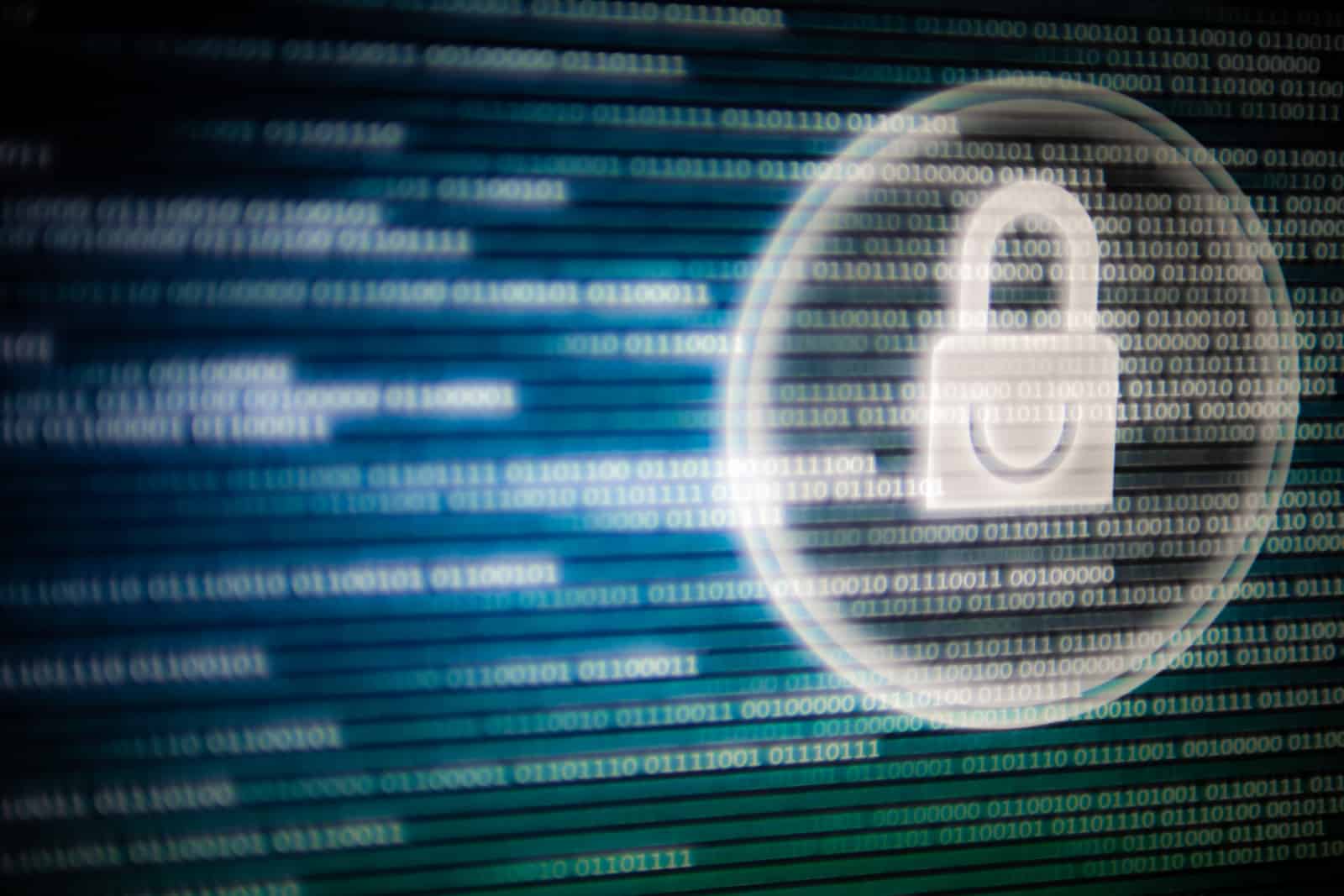Ransomware attacks have become increasingly prevalent in the ever-evolving landscape of cyber threats. Recent data from the Global Cyber Confidence Index, published by ExtraHop, reveals a sharp 20% increase in ransomware attempts compared to 2021. More concerning, however, is that 83% of compromised network owners succumb to hackers' demands, paying ransoms averaging over $925,000.
The High Cost of Ransom Payments
The willingness of companies to pay large sums to cybercriminals underscores the importance of preventing operational shutdowns and minimizing data loss. It is crucial to recognize that modern ransomware gangs do more than encrypt company data; they often retain copies of the stolen information, using it as leverage for further extortion or even selling it to other criminal organizations. Sometimes, stolen data is misused even after the ransom is paid.
Paying Ransoms: A Vicious Cycle
Despite the short-term benefits of paying ransoms, this practice is widely acknowledged to perpetuate the problem, encouraging cybercriminals to launch more attacks. The ExtraHop report emphasizes that prompt ransom payments are still a common solution, even though the long-term effects are detrimental. Moreover, legal consequences and the risk of repeated attacks fail to dissuade many victims from complying with hackers' demands.
Unaddressed Vulnerabilities: A Root Cause
The report also identifies several persistent issues that contribute to the rise of ransomware attacks. A staggering 77% of IT decision-makers believe outdated cybersecurity practices played a role in at least half of security incidents. These practices include inadequate software updates, insufficient monitoring of devices, and neglecting shadow IT vulnerabilities.
ExtraHop's experts suggest that the likelihood of a successful ransomware attack is inversely proportional to the number of unmanaged attack surfaces within a system. Continuously ignoring these vulnerabilities leads to a growing backlog of tasks and substantial operational and financial risks for organizations.
Proactive Measures to Mitigate Ransomware Attacks
Implementing Robust Cybersecurity Practices
To combat ransomware threats, organizations must adopt comprehensive cybersecurity practices. This includes regular software updates, robust endpoint security, and proper monitoring of all devices and applications.
Employee Education and Training
Educating employees about the dangers of ransomware and how to identify and respond to potential threats is critical. This can involve regular training sessions and phishing simulations to enhance awareness and preparedness.
Regular Data Backups
Establishing a routine data backup strategy ensures that vital information is stored securely in case of a ransomware attack. By having up-to-date backups, organizations can minimize the impact of data loss and reduce their reliance on paying ransoms.
Network Segmentation
Dividing networks into smaller segments can help limit the damage caused by a ransomware attack. By isolating critical systems and data, organizations can reduce the potential impact of a breach and prevent the spread of ransomware throughout the network.
Incident Response Plan
Developing and maintaining a well-defined incident response plan prepares organizations to react quickly and effectively to ransomware attacks. This should include protocols for detecting, containing, and remediating threats and procedures for communication and legal compliance.
Conclusion
The alarming rise in ransomware attacks and the willingness of companies to pay substantial ransom underscore the urgency of addressing this growing cybersecurity threat. By implementing robust cybersecurity practices, educating employees, conducting regular data backups, segmenting networks, and developing a comprehensive incident response plan, organizations can better protect themselves against ransomware attacks and minimize their financial and operational risks. In the long run, proactive measures and refusing to pay ransoms will discourage cybercriminals from targeting organizations, ultimately reducing the global impact of ransomware. In addition, by staying vigilant and committed to improving cybersecurity, companies can safeguard their valuable data and maintain the trust of their stakeholders.





